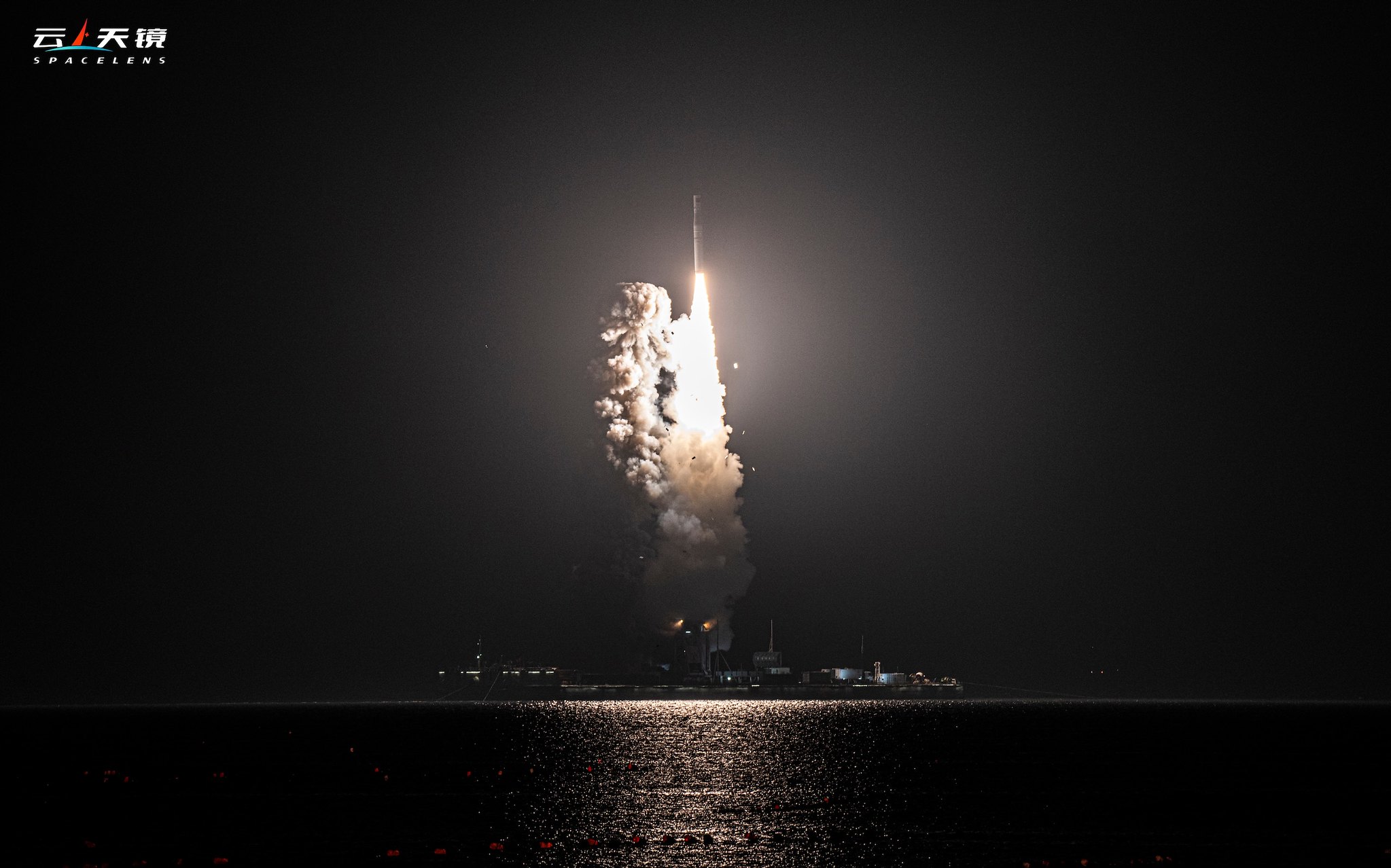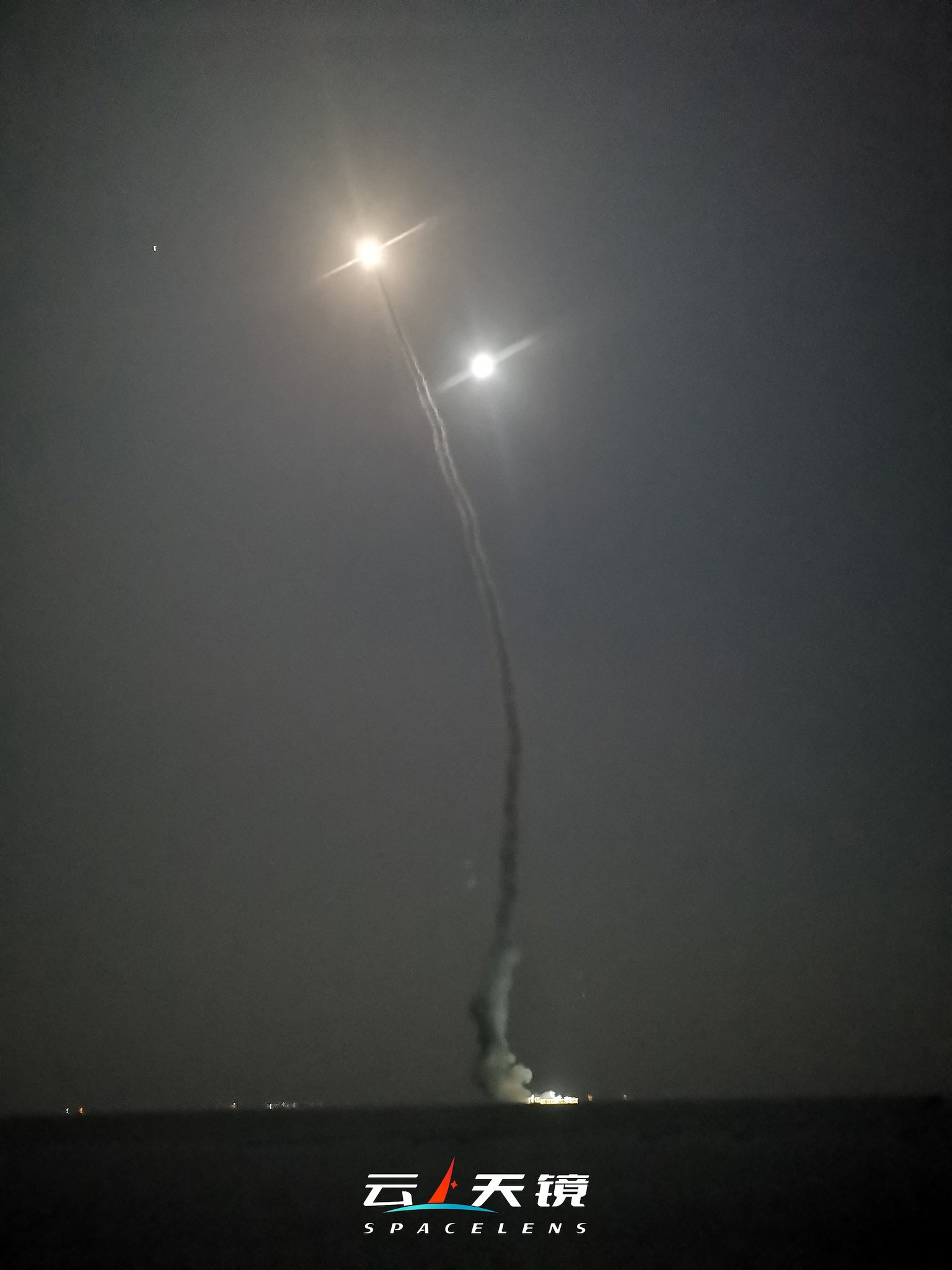escobar
Brigadier
After the GPS competition, now the communication & observation sat constellation competition

SVOM (Space-based multiband astronomical Variable Objects Monitor) is a Chinese-French astronomy mission to detect gamma-ray bursts generated by the explosion of massive stars or the merger of neutron stars or black holes. The mission will launch a satellite to observe gamma-ray bursts (GRBs) from a 600-km Earth orbit. GRBs are some of the highest-energy phenomena known in the Universe, generated from the explosion of massive stars more than 20 times the mass of our Sun, and from the merger of compact objects like neutron stars or black holes.
The SVOM satellite will be carrying four instruments, two of which were designed and built in France: ECLAIRs, a wide-field X-ray and gamma-ray camera; and MXT, a Microchannel X-ray Telescope. When ECLAIRs detects a GRB, the satellite will be repointed within minutes to follow up its observations with measurements by the other instruments. Alerts will be relayed to ground in less than one minute whenever a burst is detected to cue other space telescopes and large ground telescopes.
China will be responsible for the mission, launch, satellite and operations and will share responsibility with France for design and construction of the instruments and ground segment. The French contribution is being developed in partnership with research laboratories at the IRFU research institute at CEA, the French atomic energy and alternative energies commission, and at CNRS, including the IRAP astrophysics and planetology research institute, the LAM astrophysics laboratory in Marseille, the APC astro-particles and cosmology laboratory, and the IAP astrophysics institute in Paris.


A 4-satellite config, at least for a 1st phase as depicted, may hopefully have a chance to be realistically implemented on schedule, because we're still waiting on that 36-satellite hyperspectral/SAR constellation to be put into service, the first batch of which should've been launched by now -The Hongtu-1 (宏图一号) constellation is scheduled to be launched around March of 2023. It's China's first commercial distributed interferometric X-band SAR observation constellation, with a spatial resolution of 0.5 m to 5m and capable of high-precision terrain mapping, high-resolution wide-format imaging, millimeter-level high-precision deformation monitoring, and three-dimensional imaging. Hongtu-1 constellation will be tasked to carry out topographic mapping of the world.

[...] the first satellite will be launched and commissioned in space in June 2022. All 36 satellites will have been launched by the end of May in 2023 to complete the constellation.





The video:On October 7, a Long March 11 carrier rocket successfully lofted two satellites into predetermined orbit. The launch took place at sea, approximately three kilometers from the coast. The two satellites are Beidou Low Orbit Navigation Augmentation test satellites (S5 and S6). This launch is the 441st launch of the Long March series of launch vehicles.
This looks like it could be quickly ‘re-loaded’.On October 7, a Long March 11 carrier rocket successfully lofted two satellites into predetermined orbit. The launch took place at sea, approximately three kilometers from the coast. The two satellites are Beidou Low Orbit Navigation Augmentation test satellites (S5 and S6). This launch is the 441st launch of the Long March series of launch vehicles.





